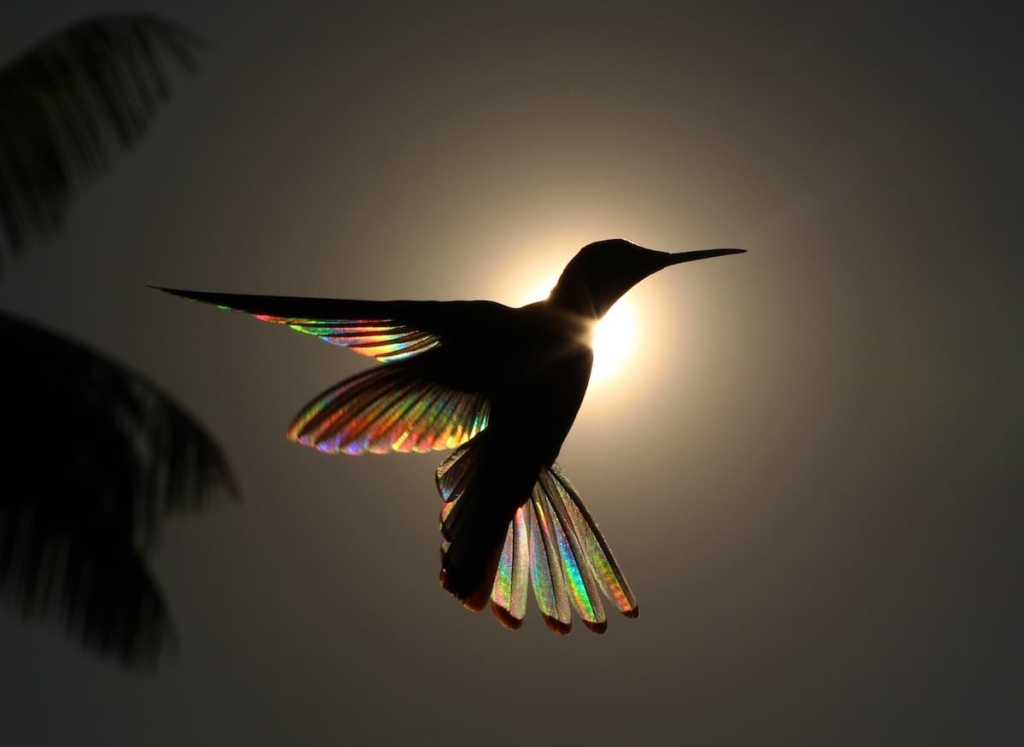
Wayne Martin Mellinger writes on the past and future of religious naturalism, arguing in favor of a more Dionysian, intuitive, deeply playful approach than has often been evident in this niche movement:
Abstract
The Rise of Religious Naturalism: A New Public Theology of Sacred Nature explores the emergence of Religious Naturalism (RN) as both a theological orientation and an evolving cultural movement. Drawing on a genealogy that extends from Spinoza, Emerson, and Dewey through Crosby, Goodenough, Wildman, Corrington, Hogue, and Wheeler, the essay situates RN as a pluralistic tradition that grounds reverence, meaning, and ethical commitment in the natural world without recourse to supernaturalism.
While RN has secured intellectual legitimacy through its Apollonian emphasis on rational clarity, scientific credibility, and philosophical rigor, it has often neglected the Dionysian dimensions of religion—ritual, ecstasy, embodiment, and communal transformation. This paper argues that RN now stands at a crossroads: to move from a worldview to a lived religion, it must integrate these missing dimensions. The constructive proposal of Dionysian Religious Naturalism (DRN) addresses this need, envisioning a public theology of sacred nature that weds intellectual seriousness with embodied practice, ritual innovation, and ecological insurgency. DRN seeks to cultivate a religion of sacred immanence adequate to the crises of the Anthropocene—capable of inspiring reverence, sustaining communities, and animating movements for planetary justice.
